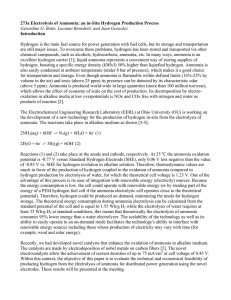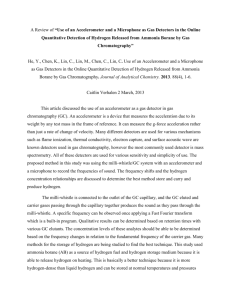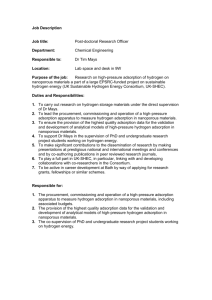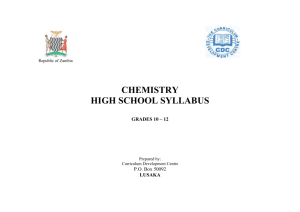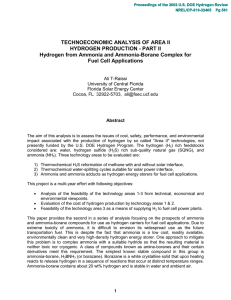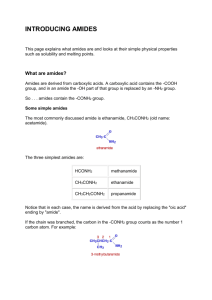Angsana New 16 pt, bold
advertisement
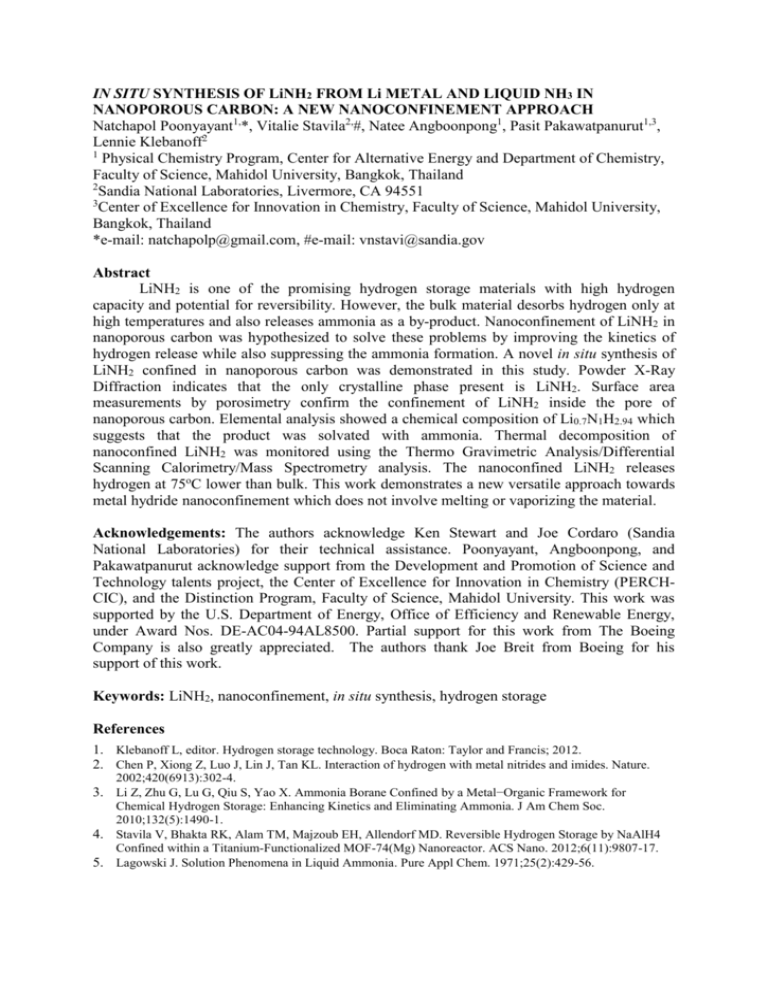
IN SITU SYNTHESIS OF LiNH2 FROM Li METAL AND LIQUID NH3 IN NANOPOROUS CARBON: A NEW NANOCONFINEMENT APPROACH Natchapol Poonyayant1,*, Vitalie Stavila2,#, Natee Angboonpong1, Pasit Pakawatpanurut1,3, Lennie Klebanoff2 1 Physical Chemistry Program, Center for Alternative Energy and Department of Chemistry, Faculty of Science, Mahidol University, Bangkok, Thailand 2 Sandia National Laboratories, Livermore, CA 94551 3 Center of Excellence for Innovation in Chemistry, Faculty of Science, Mahidol University, Bangkok, Thailand *e-mail: natchapolp@gmail.com, #e-mail: vnstavi@sandia.gov Abstract LiNH2 is one of the promising hydrogen storage materials with high hydrogen capacity and potential for reversibility. However, the bulk material desorbs hydrogen only at high temperatures and also releases ammonia as a by-product. Nanoconfinement of LiNH2 in nanoporous carbon was hypothesized to solve these problems by improving the kinetics of hydrogen release while also suppressing the ammonia formation. A novel in situ synthesis of LiNH2 confined in nanoporous carbon was demonstrated in this study. Powder X-Ray Diffraction indicates that the only crystalline phase present is LiNH2. Surface area measurements by porosimetry confirm the confinement of LiNH2 inside the pore of nanoporous carbon. Elemental analysis showed a chemical composition of Li0.7N1H2.94 which suggests that the product was solvated with ammonia. Thermal decomposition of nanoconfined LiNH2 was monitored using the Thermo Gravimetric Analysis/Differential Scanning Calorimetry/Mass Spectrometry analysis. The nanoconfined LiNH2 releases hydrogen at 75oC lower than bulk. This work demonstrates a new versatile approach towards metal hydride nanoconfinement which does not involve melting or vaporizing the material. Acknowledgements: The authors acknowledge Ken Stewart and Joe Cordaro (Sandia National Laboratories) for their technical assistance. Poonyayant, Angboonpong, and Pakawatpanurut acknowledge support from the Development and Promotion of Science and Technology talents project, the Center of Excellence for Innovation in Chemistry (PERCHCIC), and the Distinction Program, Faculty of Science, Mahidol University. This work was supported by the U.S. Department of Energy, Office of Efficiency and Renewable Energy, under Award Nos. DE-AC04-94AL8500. Partial support for this work from The Boeing Company is also greatly appreciated. The authors thank Joe Breit from Boeing for his support of this work. Keywords: LiNH2, nanoconfinement, in situ synthesis, hydrogen storage References 1. Klebanoff L, editor. Hydrogen storage technology. Boca Raton: Taylor and Francis; 2012. 2. Chen P, Xiong Z, Luo J, Lin J, Tan KL. Interaction of hydrogen with metal nitrides and imides. Nature. 2002;420(6913):302-4. 3. Li Z, Zhu G, Lu G, Qiu S, Yao X. Ammonia Borane Confined by a Metal−Organic Framework for Chemical Hydrogen Storage: Enhancing Kinetics and Eliminating Ammonia. J Am Chem Soc. 2010;132(5):1490-1. 4. Stavila V, Bhakta RK, Alam TM, Majzoub EH, Allendorf MD. Reversible Hydrogen Storage by NaAlH4 Confined within a Titanium-Functionalized MOF-74(Mg) Nanoreactor. ACS Nano. 2012;6(11):9807-17. 5. Lagowski J. Solution Phenomena in Liquid Ammonia. Pure Appl Chem. 1971;25(2):429-56.




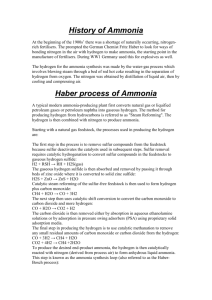

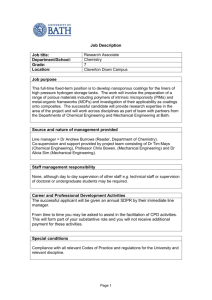
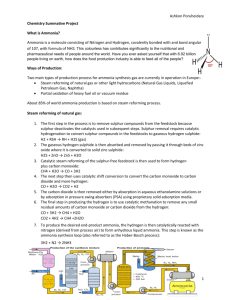
![DIRECT SYNTHESIS OF Li[BH4] FROM THE ELEMENTS](http://s3.studylib.net/store/data/006749722_1-3acc3b7e04414ccf23cb4364d250a1e7-300x300.png)

